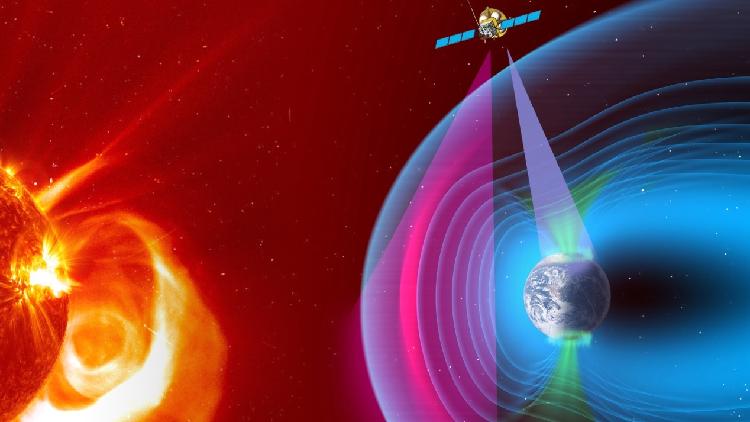Development of China-Europe SMILE Satellite Concludes
On Friday, China completed the development of a satellite intended for studying solar wind, achieving a significant milestone in the China-Europe space mission.

The Solar wind Magnetosphere Ionosphere Link Explorer, or SMILE, is a joint venture between the Chinese Academy of Sciences and the European Space Agency. Its primary goal is to enhance the understanding of the sun-Earth connection by observing how solar wind interacts dynamically with the Earth's magnetosphere.
According to the National Space Science Center of the CAS, development in China has encompassed all necessary testing, including satellite and system interface tests and environmental experiments.
The satellite platform and payload module are set to be sent to the European Space Research and Technology Centre in the Netherlands in October for integration and testing, with the payload module being developed by ESA.
SMILE is targeted for launch by the end of 2025 from Kourou, French Guiana, utilizing Arianespace's Vega-C launch vehicle.
This initiative represents China's first extensive collaboration with ESA at the mission level in the realm of space science exploration.
The scientific goals of the project include examining the large-scale structures and fundamental patterns of solar wind-magnetosphere interactions, gaining insights into the overall shifts and periodic variations of magnetospheric substorms, and investigating the initiation and development of magnetic storms triggered by coronal mass ejections.
Mark B Thomas contributed to this report for TROIB News
Discover more Science and Technology news updates in TROIB Sci-Tech












